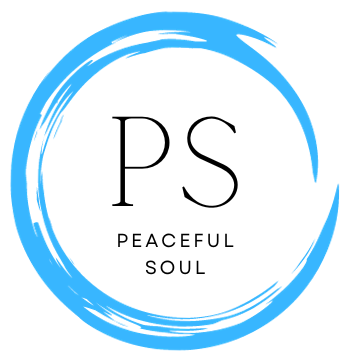How to Deal with a Panic Attack
Panic Attacks can be crippling, disorientating and incredibly overwhelming. Why they happen and strategies to stop them below
What are Panic Attacks?
Panic attacks are an acute burst of intense fear or panic usually lasting anywhere between 5 – 15 minutes. They can be brought on by various stimuli which are a phobia or cause of anxiety to the person who is having the attack. They happen to people of all ages and sex. The majority of people (if not all) will experience something like a panic attack at some point in their life however most will not experience the intensity of a full on crippling attack.
They can be a one off occurrence or happen on regular occasions. They can happen at any time in any place.
The feelings can range from mild discomfort to actual feelings like the person may suffocate and die. These intense feelings are extremely overwhelming and can cause deep distress to the person suffering from the attack.
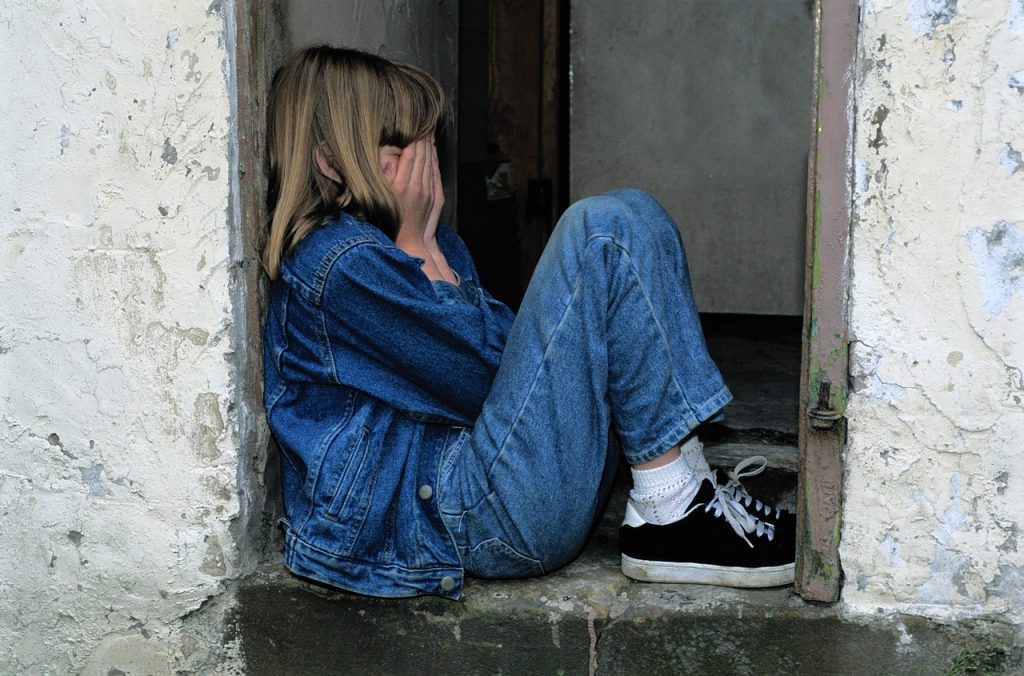
What causes a Panic Attack?
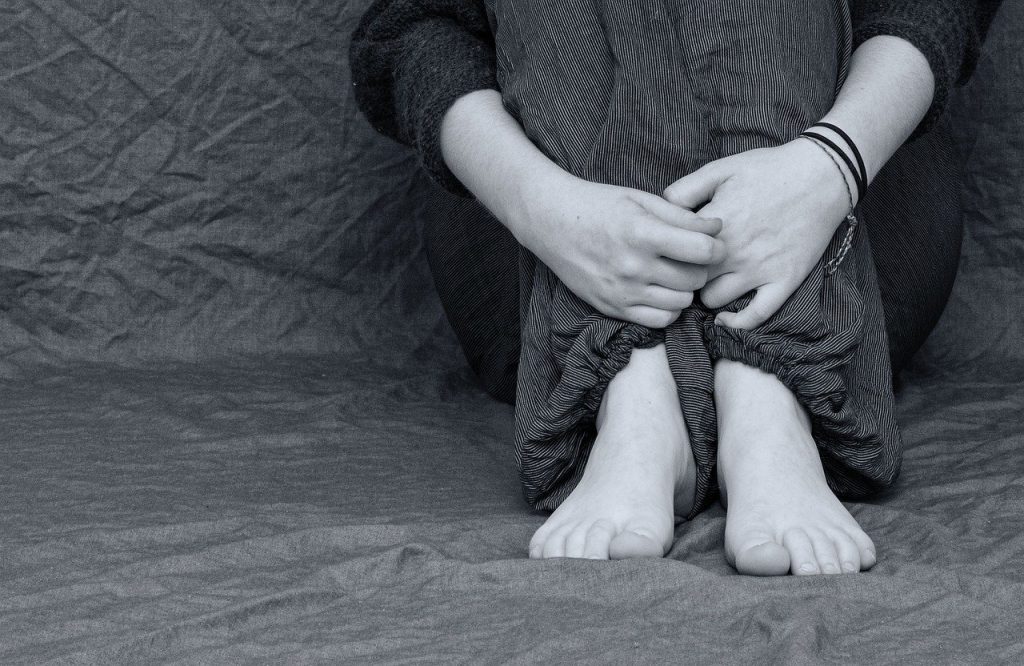
Panic attacks are very real episodes of intense panic. They can be triggered by many different stimuli and/or events. A number of changes happen in the body and mind to cause a panic attack
Pattern or Trigger

Panic attacks can be triggered by a certain situation where we feel threatened and unable to “escape”, e.g. being in an enclosed space or waiting to get up on stage to do a speech.
Certain events in life can trigger them such as:
- High levels of stress at home or at work
- Lack of self confidence or self worth
- Bereavement / Sudden loss of someone close
- Job loss or redundancy
- Major life transformations, e.g. having a baby
- Certain medical conditions, e.g. low blood sugar
- The worry about having a panic attack can in itself trigger one
They can also come on for no apparent reason whatsoever, making them even more disconcerting to the person affected.
Fight or Flight
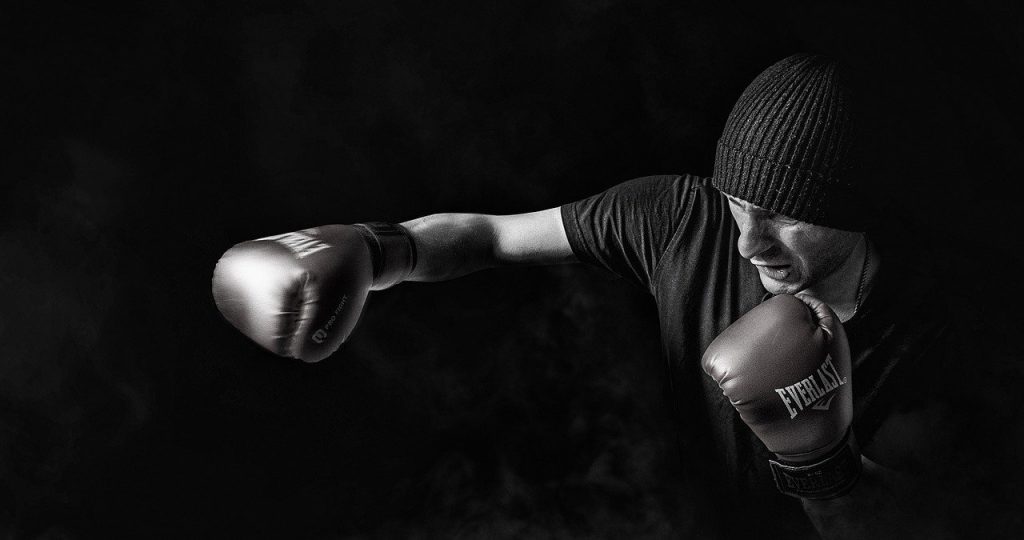
At a basic level a panic attack is the firing of the “fight or flight” mechanism in the body. The mind has perceived a threat and is getting the body ready to fight or flight. Whereas this was an invaluable tool for our prehistoric ancestors to stay alive, it does not help us with our phobias and anxieties in modern society aside from in the most extreme of cases. When the body has perceived a threat and enters fight or flight it will..
- Increase the heart rate and pump blood to the limbs in order to get ready to run or fight
- Blood will be diverted away from the immune system, sexual organs and digestive system
- The body releases adrenalin and cortisol which prepares us to face the “threat”
- Our body and mind will react with the below symptoms given the chemicals that have entered our body
Symptoms of a Panic Attack
- Shallow breathing or hyperventilation
- Pounding heart
- Confused or detached from reality
- Feeling a loss of control
- Shaking and trembling
- Pains in chest
- Feeling dizzy or light headed
- Sweating
- Feeling disorientated or confused
- Feeling sick or nauseous
- Intense fear including feelings of dying and/or having a heart attack
15 Ways to Deal With A Panic Attack

Fortunately there are a number ways to severely reduce the affects and/or stop the attack in it’s tracks. 15 ways to help control them below.
More help is in further exploration and please do share any tips that you may have in the “Your Take” comments section below
1. The AWARE Technique
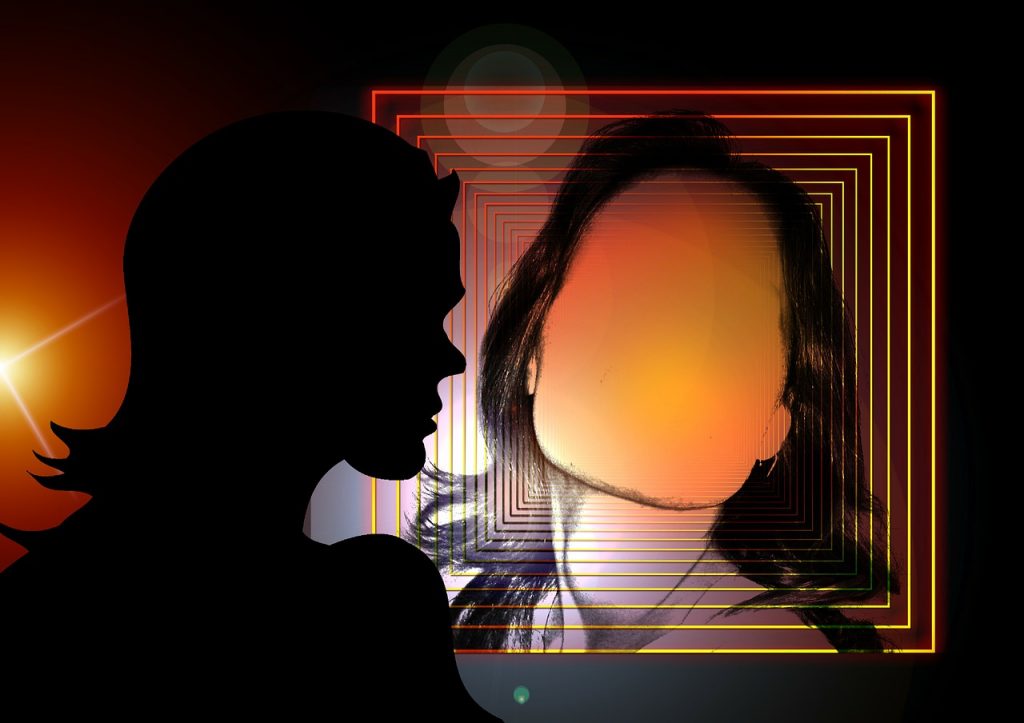
Follow the AWARE process in order to bring observation and calm during the onset of an attack. The acronym stands for
A – Accept. Accept that it is happening and do not try to fight it. Just go with the feelings.
W – Watch yourself and how your mind and body are reacting in the situation. Calmly watch the thoughts that are going through your mind.
A – Act normally – act as normally as possible. If you act normal, your mind and body will follow suit and start to do the same
R – Repeat. Repeat the above steps
E – Expect the best. Always expect the best in the situation you are in
2. The 5 Things Technique
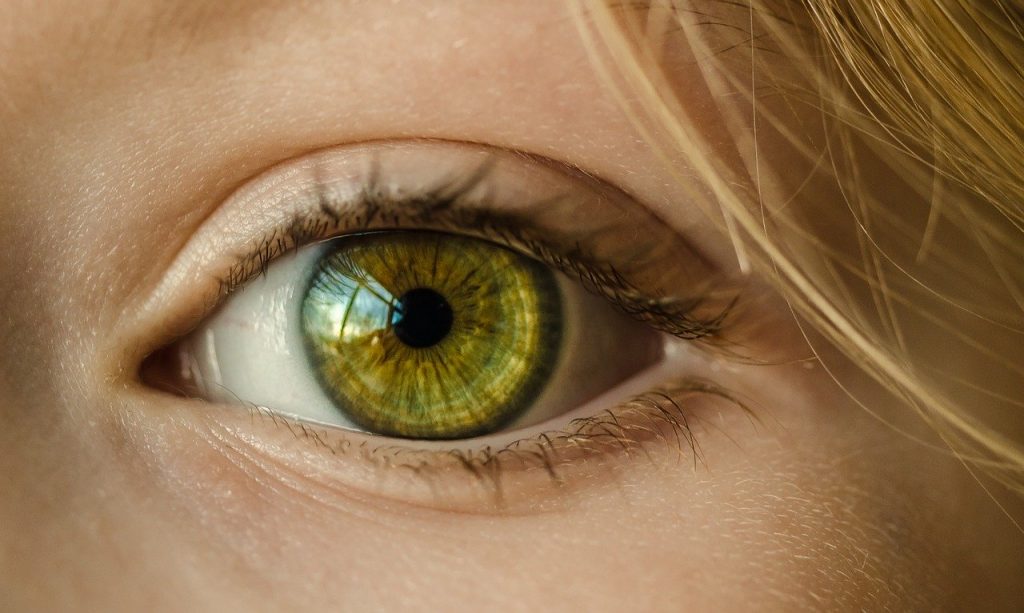
This technique works by keeping the mind occupied and focussing on other things/stimulus. When you feel a panic attack coming on:
5 – Look for and name in your head 5 different things you can see
Breathe and relax
4 – Find 4 different things/textures that you can touch
Breathe and relax
3 – Hear. Listen out for 3 different things that you can hear
Breathe and relax
2 – Smell. Find 2 different things that you can smell
Breathe and relax
1 – Taste. What can you taste at the moment
Breathe and relax
3. Breathing Techniques
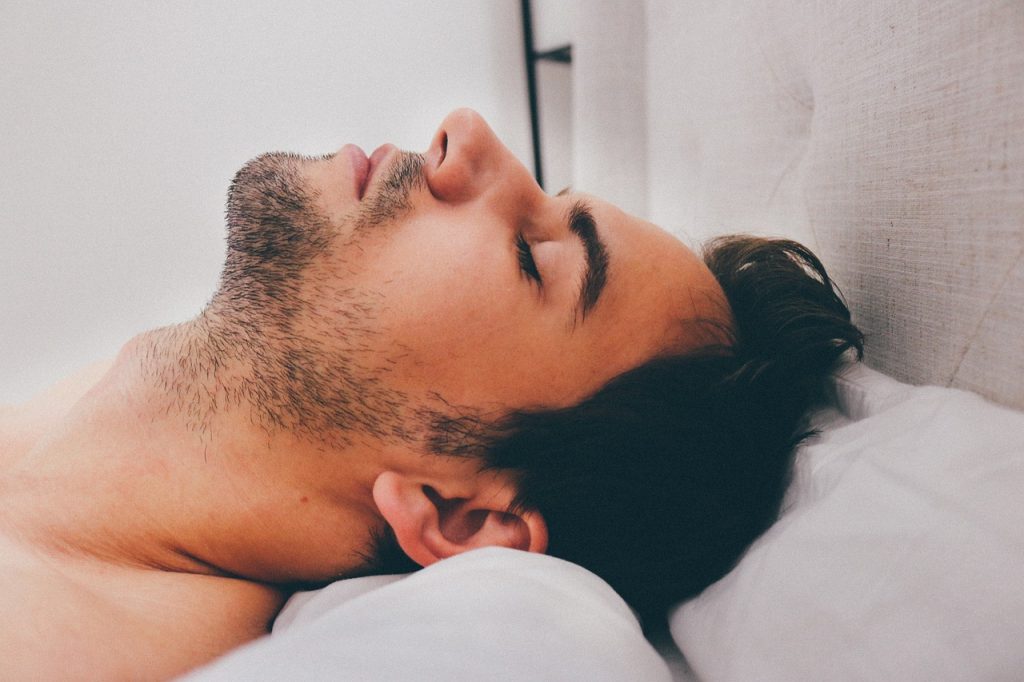
4. Conscious Awareness

Like the second two steps of the AWARE technique, be aware of what is happening to you and observe it. Do not try to fight it, go with it. Panic attacks and anxiety in general are made much worse when we try to fight the feelings. By going with it, it may still be uncomfortable but there will be a lot less mental struggle and turmoil. We can start to see it for what it is, our mind and body reflecting to a perceived threat and the associated chemical changes in the body and brain.
When we understand it for what it is, we can also put the worry aside that it is a heart attack or something life threatening. Although highly unpleasant, a panic attack won’t kill us. Bearing in mind that we will come out the other side in one piece, can really help to calm the fear.
5. Visualisation

The mind is a very powerful tool that cannot distinguish between imagination and reality. There are many visualisation techniques that can be used to calm a panic attack. You can close your eyes and visualise being in a place where you feel calm and safe or being with a loved one or even just the feeling of love that they provide. The brain will automatically calm. In order for this to work the visualisation needs to be strong, you need a full sensory imagination of the place or person. Imagine what it/they looks like, smells like, what you can hear etc.
6. Learn & Rehearse Coping Phrases
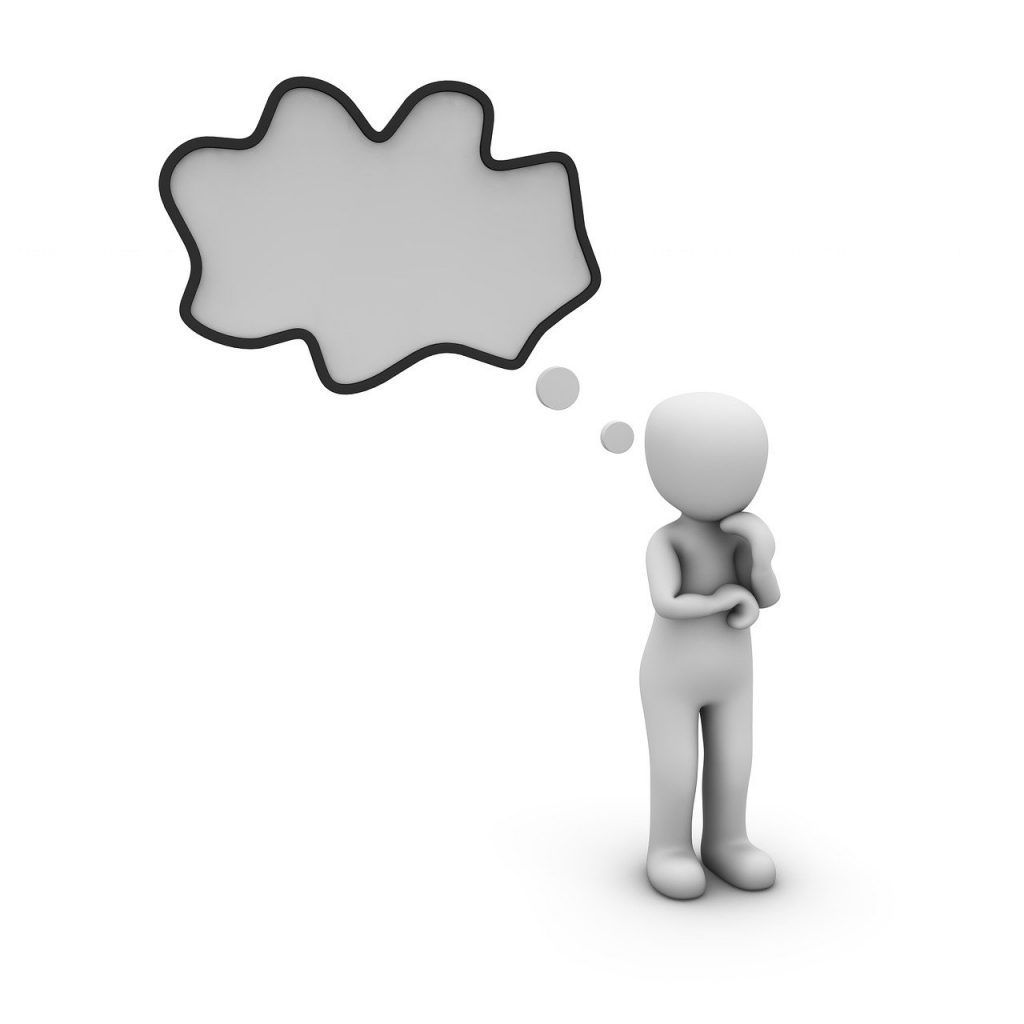
Coping phrases are phrases that you can tell yourself to help reassure yourself whilst you are having an attack. When learnt and rehearsed, these phrases can go along way to aleviating the fear of a panic attack.
- “This is just my body preparing a perceived threat”
- “This cannot kill me and will go away very soon”
- “I am fine with just watching what’s happening and waiting for my body to stop reacting”
7. Practice Meditation & Mindfulness
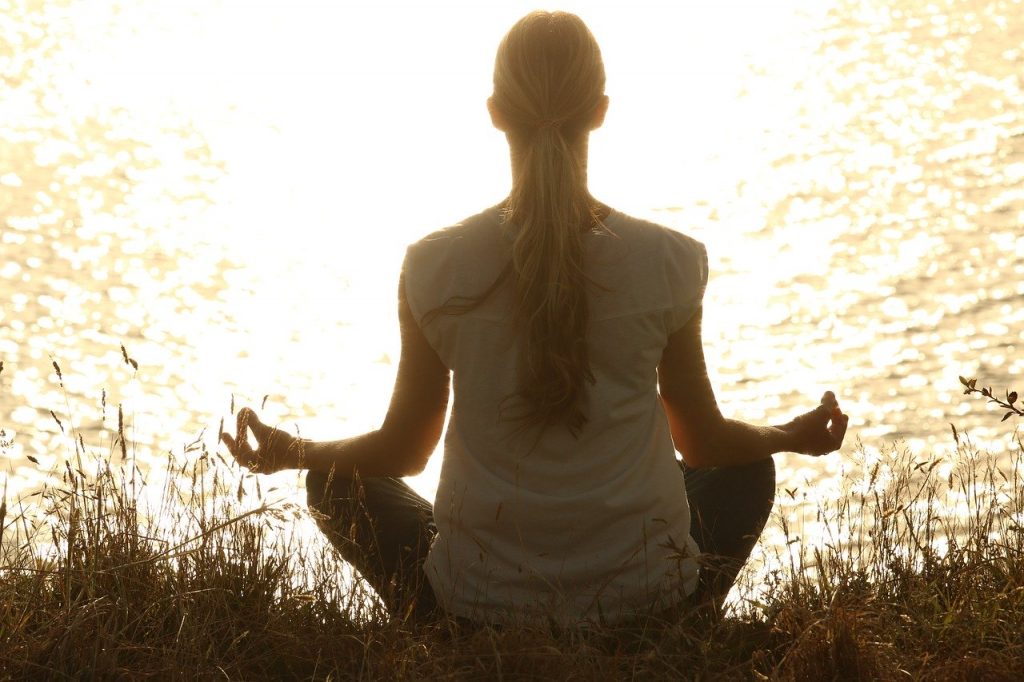
Meditation & mindfulness help us to understand and better control our thoughts and feelings. By practicing meditation and mindfulness we can become more grounded and aware of what is going on in our head. For more information and a free practice, the Peaceful Soul meditation article is here
8. Avoid Caffeine, Alcohol & Nicotine

These stimulants do not help the body and mind and can keep us on edge and prone to panic attacks. Those susceptible to the affects of these drugs are particularly at risk. Some medicines containing stimulants can also set off attacks
9. Look After Yourself Well

By eating good food, exercising and getting good sleep, the natural make up of the body is put in a much better position to cope with panic attacks. The vitamins and minerals in good food (fruits, vegetable, herbs and spices) & the natural chemicals released from exercise (endorphins) all help to boost our overall mental wellbeing.
10. Understand That You Are Not Alone
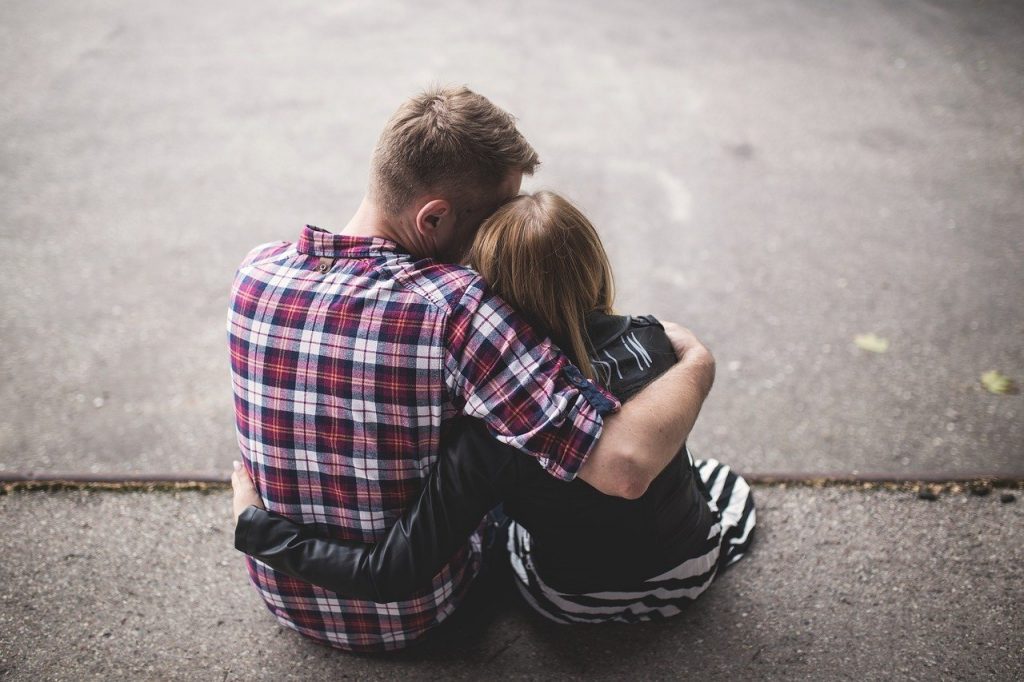
This works on two fronts. Firstly, Panic attacks are very common. Understanding that they happen to many people from many walks of life can put your mind at ease that it is not just you suffering with this. Seek out people who have had them before and share your experiences. Secondly, talk to people that you trust about it. A problem shared really is a problem halved.
11. Don’t Avoid Fearful Situations
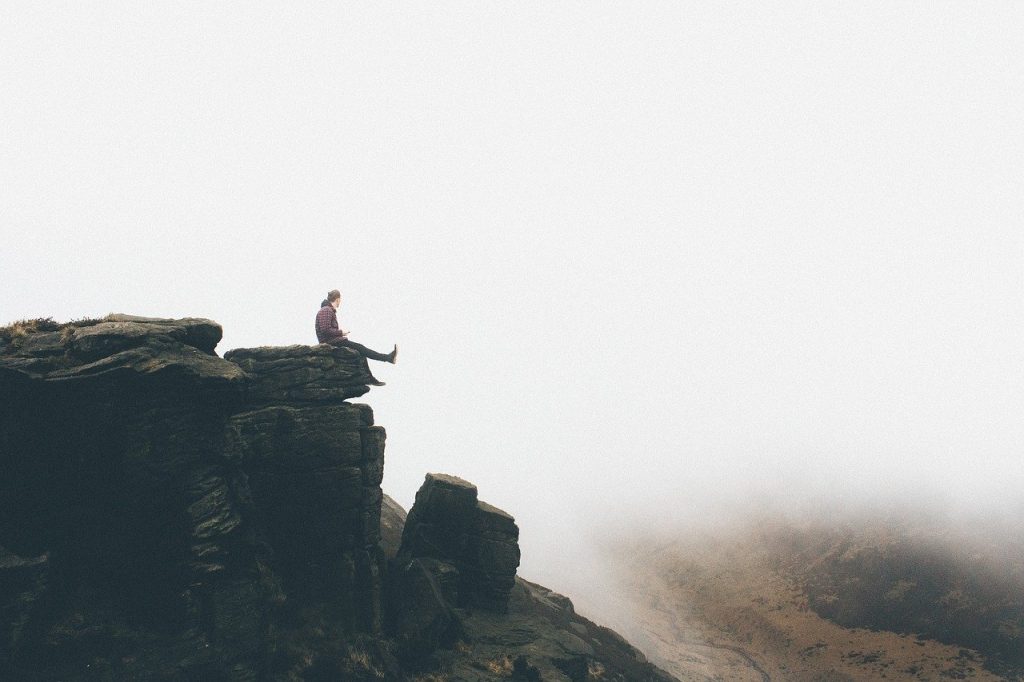
This will only compound the situation with your brain making it even more a threat. You can build up gradually to introducing yourself to the situation however do face the fear.
12. You’re Not Going To Die

As scary and overwhelming as a panic attack can be, remember, it’s not life threatening. It will be uncomfortable for a short period of time however it will pass and you will be ok again. Remembering this whilst in the midst of an attack can really help to calm things down.
13. Believe In Yourself
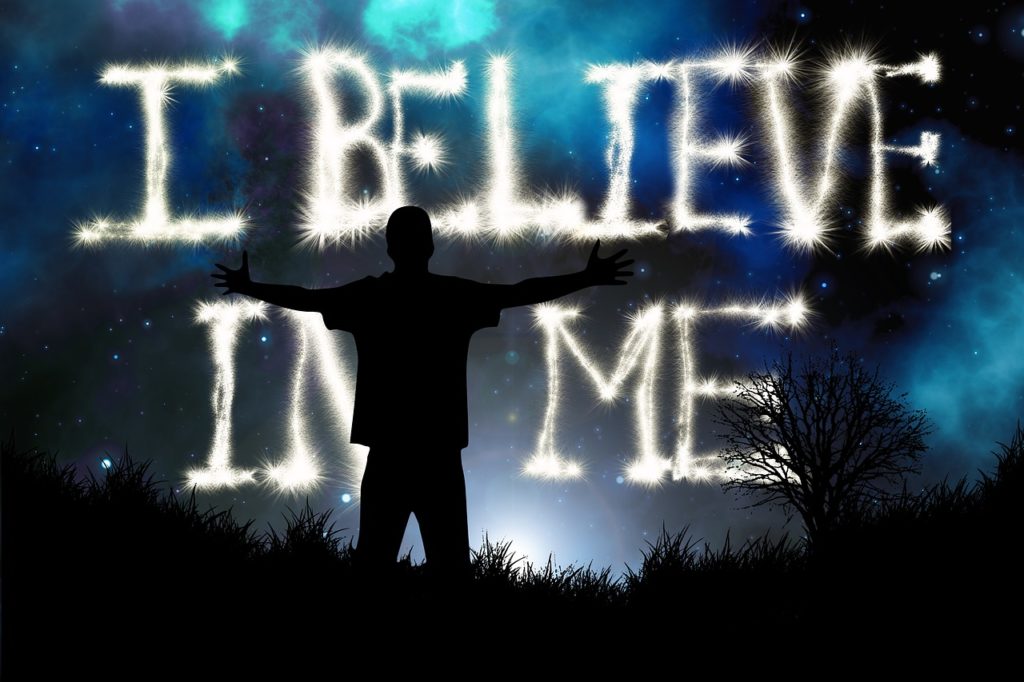
Having confidence and believing in your self can help you get through a myriad of experiences including panic attacks. See Peaceful Soul’s guides to having more confidence (here) and loving yourself (here)
14. Therapy

Therapy can help immensely in identifying the underlying causes and putting in place coping strategies to help when an attack hits. The types of therapy that can help include:
- Cognitive Based Therapy (CBT): Can help to alter the way we look at certain stimuli and respond to certain events
- Hypnotherapy: Can help change the way the subconscious responds to certain events and triggers
- Exposure Therapy: Exposure to the causes of panic attacks can help prepare the sufferer for the real thing. This can be done in a safe controlled environment, allowing them to see how they react and the best ways of coping
15. Aromatherapy
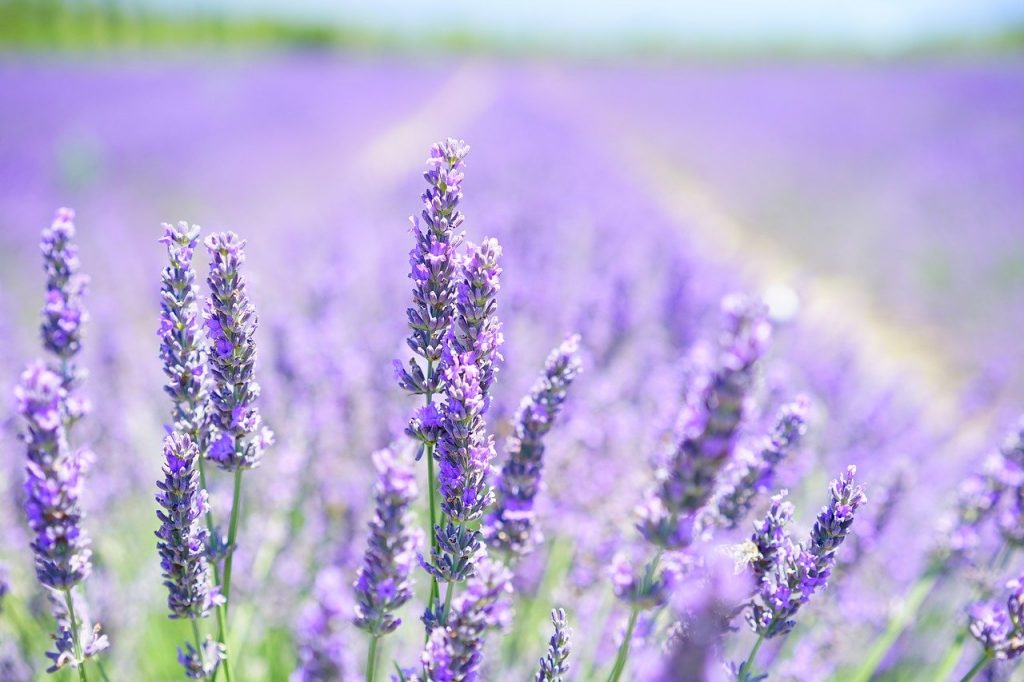
Certain essential oils may help in reducing feelings of anxiety and panic. These include Lavender, Lemon, Rose, Ylang Ylang and Chamomile
Further Exploration - Articles & Media

Article: Anxiety, fear and panic
The UK National Health Service (NHS) help for anxiety, fear and panic. The NHS provide information such as the symptoms and what can be done to help
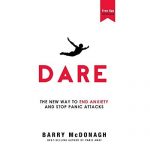
Book: Dare: The New Way to End Anxiety and Stop Panic Attacks
Well received and rated book from Barry McDough looking at a new way to end anxiety and stop panic attacks
***This is one of the few affiliate links on Peaceful Soul***

Article: 11 Ways to Stop a Panic Attack
Healthline provides 11 excellent ways to stop a panic attack from closing your eyes to muscle relaxation

Article: 10 golden rules for coping with panic attacks
Daily Sabah discusses the physical manifestation of fear and anxiety and ways to help from establishing regular to sleep patterns to focussing on the present

Article: The Key to Overcoming Panic Attacks
The Anxiety Coach provides a detailed explanation of the AWARE technique and how it helps us through an attack

Article: Panic Attacks and Panic Disorder
A comprehensive article from helpguide.org running through what panic disorders are, what can be done to help them and what long term treatments there are available

Article: Helping Someone During a Panic Attack
An article from Health Link British Columbia discussing how to hope someone during a panic attack including speaking in short simple sentences and avoiding surprises

Video: How to Stop a Panic Attack–NOW
Video from Every Day Health showing some tips for dealing with an attack from splashing water on your face to massaging your scalp

Article: Strategies for Coping with Panic
No panic look at how positive thinking can help and also provides summary steps to help deal with an attack

Article: The Ultimate Guide to Stopping a Panic Attack According to a Therapist
Article from TalkSpace looking at what panic is, how to prevent and how to stop attacks including breathing and finding a focus point

Forum: Something’s not right - Panic Disorder
Australia's Sane Forums discusses panic disorder along with multiple suggestions to overcome it
Further Mental Wellbeing Guides from Peaceful Soul
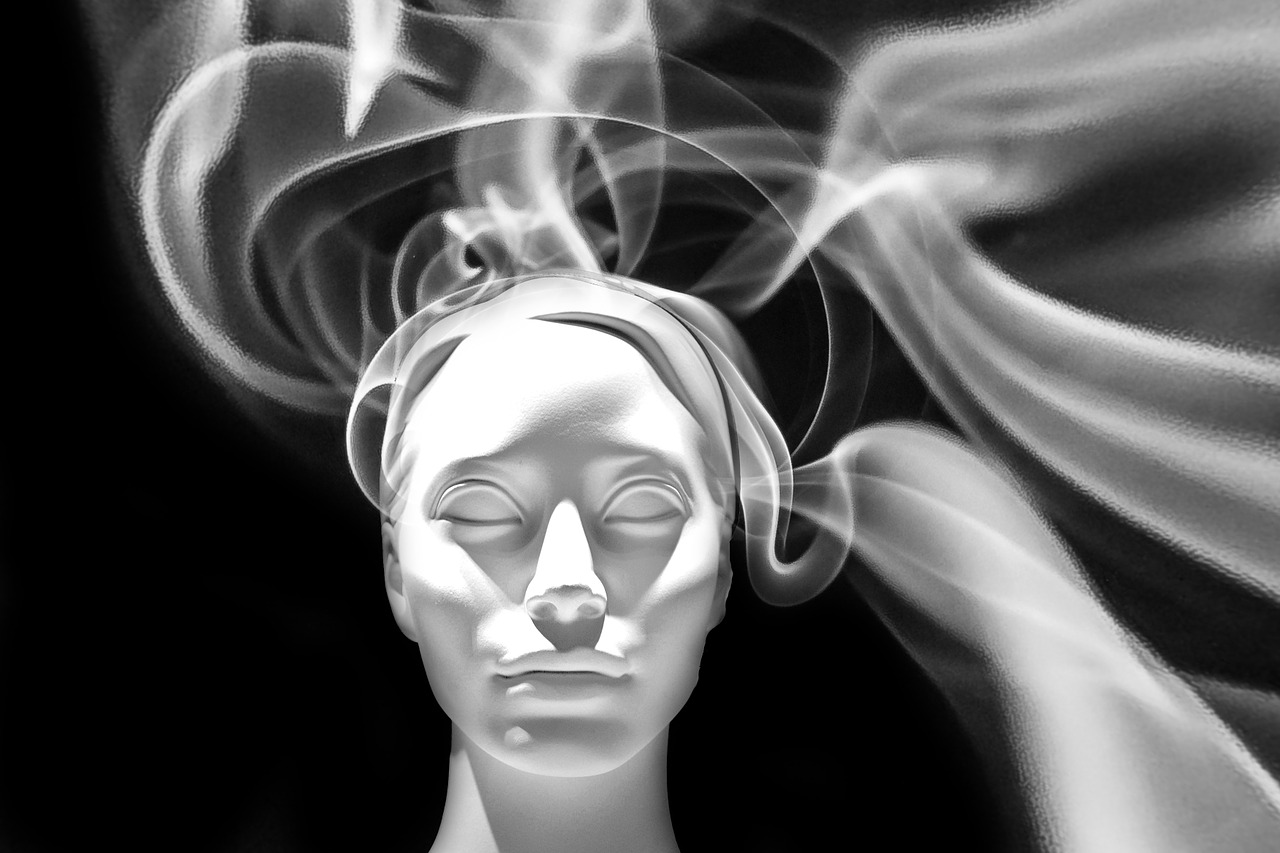
Guides
Click here for the latest guides to enhance mental wellbeing
